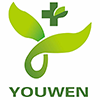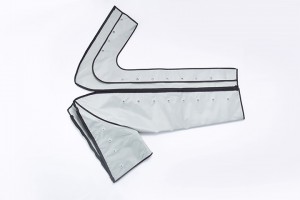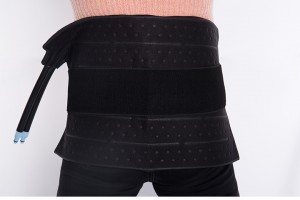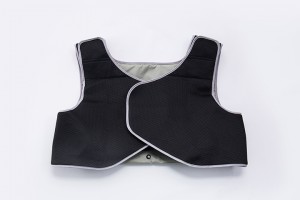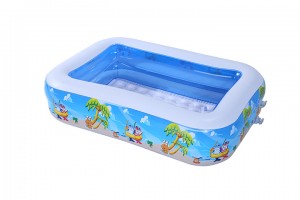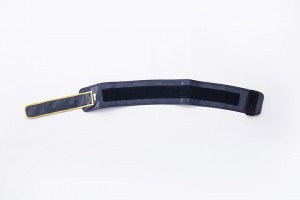nursing
2. Dietary guidance
Instruct the patient to eat a diet rich in crude fiber, eat more vegetables and fruits, drink more water, keep the stool unobstructed, and avoid using laxatives. Reduce the patient's forced defecation, resulting in headache and increased bleeding. Forced defecation can cause the patient's abdominal pressure to increase, thus affecting the venous return of the lower limbs. If you are not clear, you can give nasal feeding tube diet and pay attention to nutrition.
3. Promote backflow
The purpose of raising the patient's affected limb by 20-30 ° is to promote the venous return of the affected limb, so as to reduce the swelling of the limb, and pay attention to the warm measures of the limb.
4. Skin care
If the patient needs to urinate in bed due to the illness, the patient should be given frequent skin scrubbing, pay attention to keeping the patient's skin in a clean state, keep the bed unit clean and tidy, and help the patient to turn over and pat his back, not more than once every 2 hours, to prevent the formation of eczema and pressure sores on the patient's skin.
5. Getting out of bed
The patient's blood absorption is good. After the condition is stable, getting out of bed as soon as possible can also effectively prevent thrombosis.
6. Symptomatic treatment
For patients with DVT, the vital signs and blood gas should be closely monitored, absolute bed rest, no force, anticoagulant treatment, and symptomatic treatment such as analgesia should be used.
7. Precautions
Before limb massage and air wave pressure treatment, color Doppler ultrasound must be performed to confirm that the patient has no thrombosis; In the process of nursing intervention, we should pay attention to follow-up the related health knowledge of patients and their families, instead of being a mere formality; Learn to use communication skills, select appropriate communication methods according to the patient's education level, achieve effective communication, improve the patient's and family's medical compliance behavior, enable the patient to correctly understand the disease, actively cooperate with the medical work, and reduce the incidence of complications.
Summary
Early intervention, exercise and air wave pressure treatment for patients with cerebral hemorrhage can safely and effectively prevent the formation of DVT in the lower limbs of patients with cerebral hemorrhage, improve the quality of life of patients and improve the relationship between nurses and patients. Doctors and patients work together to promote the maximum recovery of patients.
Company profile
Our company is engaged in the field of medical technology development, technical consulting, medical care airbag and other medical care rehabilitationi products as one of the comprehensive enterprises.
①Contemporary Design Compression Garments and DVT series.
②Cystic Fibrosis Vest Treatment
③pneumatic disposable tourniquet band
④hot and reusable cold therapy packs
⑤Others like TPU civil products
Post time: Aug-22-2022
